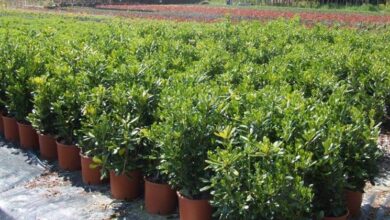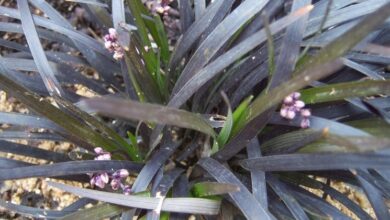Pitosphorus
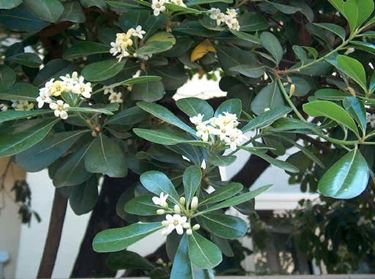
Pitosforo: characteristics of the species

Pitosforo: sowing and transplanting
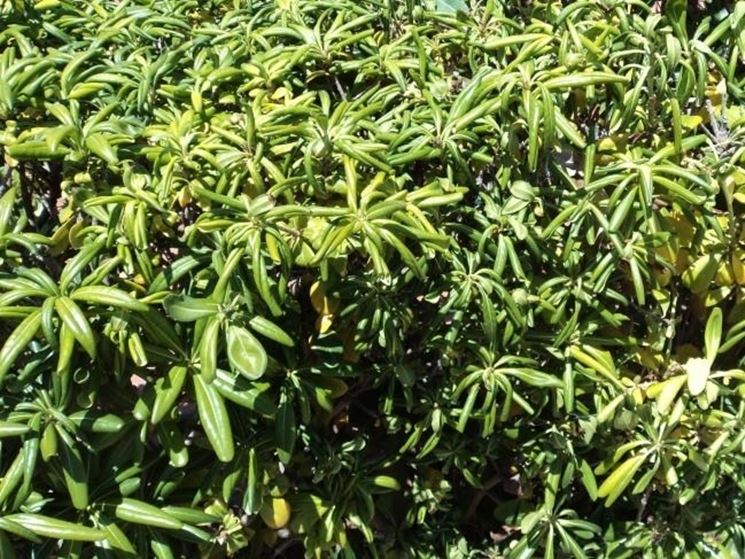
About 150 shrub and arborescent species, evergreen, semi-rustic and considered very ornamental, are attributed to the genus pittosforo. The genus finds its origins with the many species in Australia, New Zealand and East Asia. The species introduced in the Mediterranean area are perfectly acclimatised, so much so that the most common and widespread species in our peninsula is the pittosporum tobira, a species native to China and Japan. The pittosporum usually multiplies by cutting, to be buried, at the end of the summer, in a glass box, on the usual substrate of loose soil, mixed with peat and sand, at a temperature of at least 16-18 degrees. The seedlings must be transplanted in May of the following year. If you want to sow them instead, it must be done in spring even if this is not the most suitable choice.
Pitosforo: soil
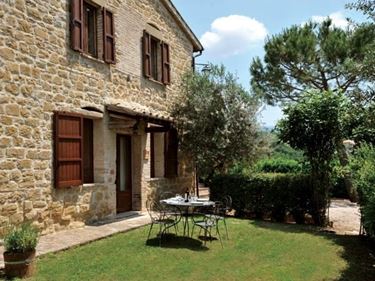
The planting of young pittosporum plants must be carried out in the months of October and November or in the months of March and April. In more temperate regions it is best to plant in spring. The pittosporum prefers fertile, well-drained soil and a sunny position sheltered from cold winds, if the area is subject to harsh and humid winters. The pittosporum must be fertilized with organic matter to the plant, watered regularly throughout the spring and throughout the summer, at least until the month of September. In Mediterranean regions where the winter climate is very mild, plants if grown in isolation can also assume an arboreal habit, reaching a height of 4-5 meters with a crown diameter of 2-3 meters. The leaf is oblong with a rounded apex with a classic dark green color.
The pittosporum: flowering
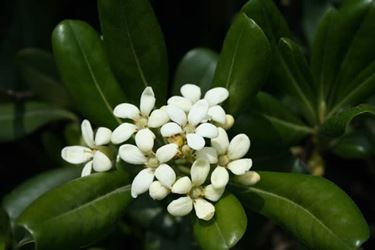
The flowers of this beautiful and ornamental plant are white, yellowish, greenish or purple, even of an almost chocolate-like hue. The color changes according to the species to which it belongs. Sometimes the flowers are solitary, more often gathered in inflorescences that can take on different forms: panicles, corymbs, false terminal umbels. The pittosporum can also have small axillary inflorescences and in this case they are both terminal and lateral on the branches. The flowers of the pittosporum produce capsular fruits, ovate or globose, which open into 2 or 4 leathery or woody valves and which contain from two to different brown-red seeds, wrapped in a viscous and mucilaginous material. Enemies of this plant are scale insects. If the plant is attacked, it is necessary to immediately spray it with specific products.



